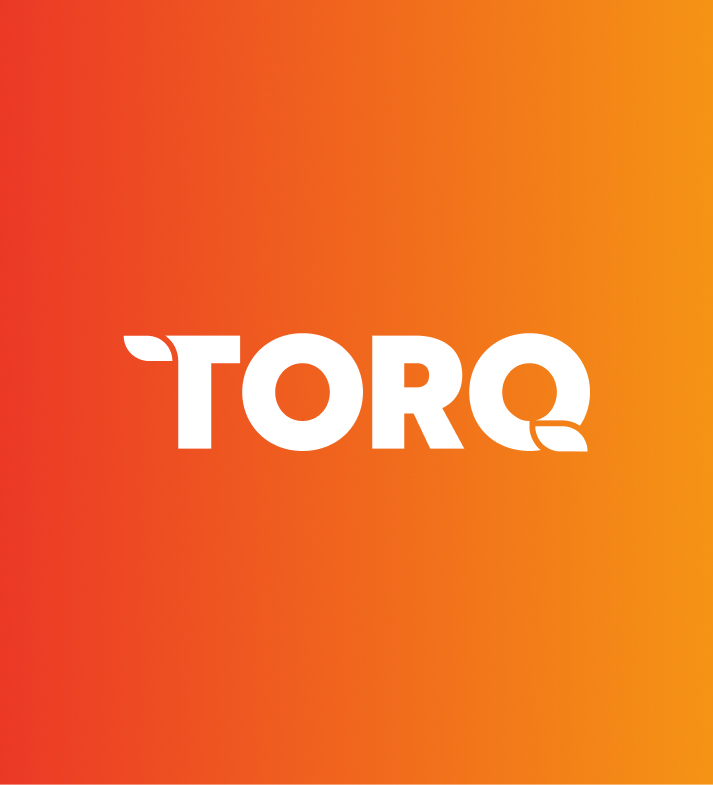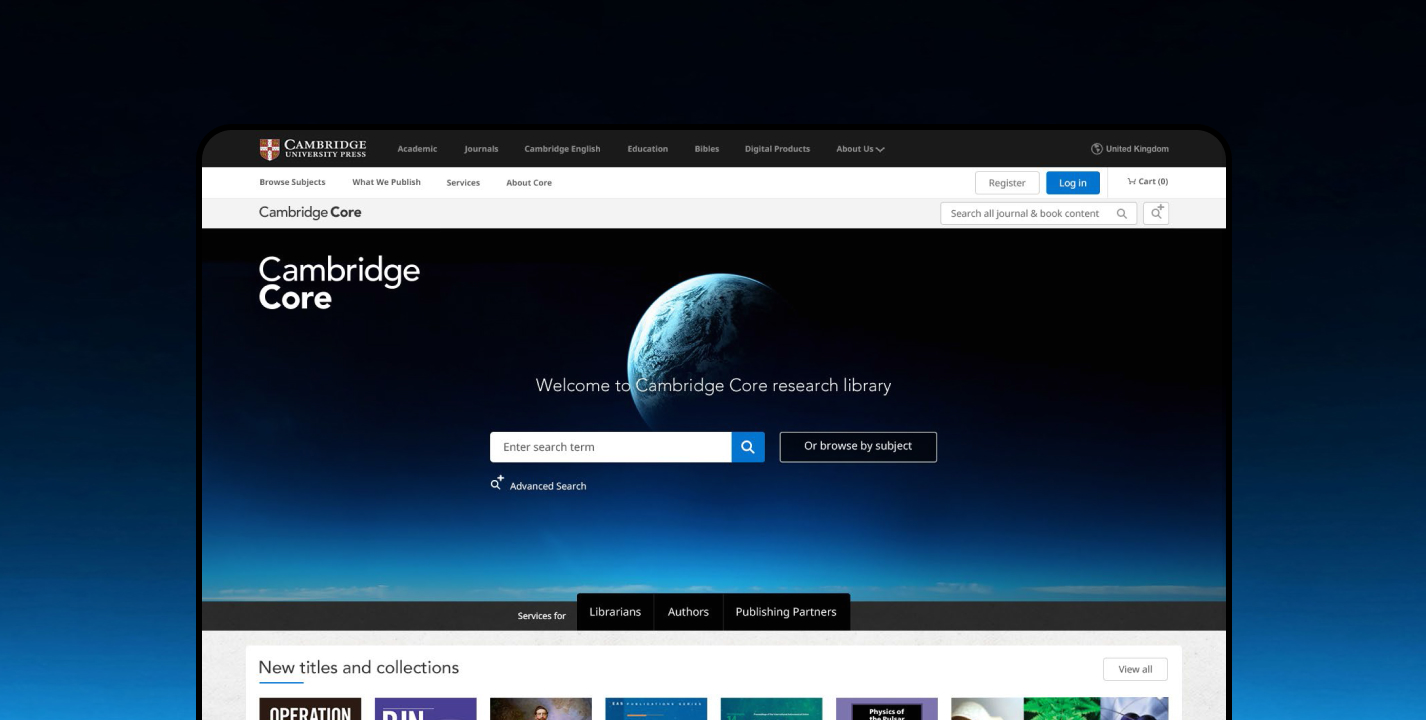Competitor research company
Competitor/landscape research involves looking at not only direct competitors but also indirect competitors and competitive alternatives for a product or service. The evaluation of competitors’ strengths, weaknesses, market positioning and strategies provides various insights that can help organisations to improve their own strategies. We often find that users don’t replace a product/service with a direct competitor; therefore, in some cases, it can also be useful to review competitive alternatives. This is particularly useful within marketing and positioning to support benefit-led messaging.
Introduction to Competitor Research
Competitor research helps form a wider understanding of the landscape and how best an organisation can position itself relative to this. Organisations’ products or services to be reviewed will be gathered through stakeholders’ input and any existing research. These will be reviewed against a set of criteria based on the project objectives.
What is competitor research, and why is it important?
Competitor or landscape research is the process of gathering and analysing information about other organisations, products or services that operate in the same market or industry. Competitor research is important as it allows businesses to identify gaps in the market and unmet user needs as well as benchmark their performance. While competitor/landscape research shares similarities with other market research methods, such as customer surveys, focus groups, and industry reports, it has some distinct characteristics:
Focus on the competition: Competitor/landscape research specifically focuses on gathering information about competitors and industry dynamics, whereas other market research methods may have a broader scope, including customer preferences, market segmentation, and consumer behaviour.
Emphasis on external factors: This type of research places a significant focus on external factors that influence the competitive landscape, such as industry regulations, technological advancements, economic trends, and geopolitical factors, which may not be the primary focus of other market research methods.
Strategic implications: Competitor/landscape research is inherently strategic, aiming to provide insights that inform strategic decision-making and long-term business planning. It is often used to assess competitive threats, identify growth opportunities, and formulate competitive strategies, whereas other market research methods may focus more on tactical considerations.
The role of competitor research companies
Competitor/landscape research plays a pivotal role in informing business strategy, product development, and marketing by providing valuable insights into competitors, industry trends, and market dynamics. For instance, businesses utilise competitor research to identify gaps in the market, understand customer preferences, and benchmark their performance against industry peers. This information informs strategic decision-making, allowing companies to develop differentiated products or services, tailor marketing strategies to target specific customer segments and identify opportunities for growth. Overall, competitor/landscape research serves as a valuable tool for businesses to stay informed about their competitive environment, capitalise on opportunities, and maintain a competitive edge in the marketplace.
Benefits of competitor research companies
Competitor analysis empowers organisations with insights, risk management and innovative ideas by evaluating the strategies and market presence of competitors. Benefits include:
- Strategic insights, providing valuable intelligence for informed decision-making and strategic planning.
- Market understanding offers insights into industry trends, customer preferences, and competitive dynamics.
- Identifying opportunities to help businesses identify gaps in the market and areas for growth and innovation.
- Benchmarking of performance allows companies to compare their performance against competitors and industry standards.
- Risk mitigation enables businesses to anticipate competitive threats and mitigate risks more effectively.
- Guides marketing efforts by identifying target markets, messaging strategies, and channels.
- Competitive advantage, providing opportunities to differentiate offerings and gain a competitive edge in the market.
- Customer insights, offering insights into customer behaviour, buying patterns, and brand perceptions.
Supporting your users needs
Identifies competitive advantages
Keeps you with industry trends
Supports strategic decision-making
Competitor Analysis Techniques and Tools
Competitor analysis involves assessing the strengths and weaknesses of competitors and understanding their strategies to gain insights that inform business decisions. Here are various techniques and tools commonly used in competitor analysis:
SWOT analysis: SWOT (Strengths, Weaknesses, Opportunities, Threats) analysis is a structured framework used to evaluate internal strengths and weaknesses, as well as external opportunities and threats faced by competitors.
Market segmentation: Market segmentation involves dividing the market into distinct groups of customers with similar characteristics, needs, or behaviours. By analysing competitors’ target markets and customer segments, businesses can identify underserved or overlooked segments and tailor their offerings and marketing strategies accordingly.
Digital tools: Various digital tools and platforms are available to gather data and insights about competitors. These tools may include social media monitoring tools, website analytics platforms, competitive intelligence software, and keyword research tools. Digital tools allow businesses to track competitors’ online activities, monitor customer sentiment, and identify emerging trends in the industry.
At Make it Clear, we understand that every client is unique, and their needs may vary based on factors such as industry, market position, and business objectives. Therefore, we customise competitor analysis techniques and tools to fit each client’s specific needs in the following ways:
Tailored research approach: We take the time to understand our client’s business goals and target market, allowing us to customise our research approach to focus on the most relevant competitors and industry trends.
Customised metrics and KPIs: We work closely with our clients to identify key performance indicators (KPIs) and metrics most relevant to their business objectives. This ensures that our analysis provides actionable insights aligned with our client’s strategic priorities.
Adaptation of analysis frameworks: While traditional frameworks such as SWOT analysis provide a solid foundation for competitor analysis, we adapt and expand these frameworks to capture nuances specific to our client’s industry and competitive landscape. This may involve incorporating additional factors or dimensions tailored to the client’s needs.
The three stages of competitor research companies
Stage 1: Defining goals and objectives: In this initial stage, the goals and objectives of the project are established in collaboration with stakeholders during a kick-off workshop. Through discussion and agreement, clear objectives are outlined, serving as the foundation for the entire review process. These objectives will inform the criteria against which the project will be evaluated, ensuring alignment with the desired outcomes.
Stage 2: Conducting the review: With the goals and objectives defined, the review process begins by identifying the specific criteria for evaluation. These criteria are tailored to the project scope and objectives, focusing on key areas of interest that align with the overarching goals. Through meticulous examination and analysis, the review aims to provide comprehensive insights into the project’s performance and adherence to established criteria.
Stage 3: Reporting: Following the completion of the review, a detailed report summarising the findings is provided to stakeholders. This report offers a comprehensive overview of the evaluation process, highlighting key findings, observations, and recommendations. By presenting clear and actionable insights, the report facilitates informed decision-making and enables stakeholders to address any identified areas for improvement effectively.
Applying competitor research in business strategy
Incorporating competitor research findings into business strategy is paramount for achieving sustainable growth and competitive advantage. By analysing competitors’ strengths, weaknesses, and market positioning, businesses can identify areas for differentiation and strategic focus. Understanding market trends and consumer preferences through competitor analysis enables proactive adaptation to changing market dynamics and emerging opportunities. Benchmarking performance against industry standards and competitors provides valuable insights for goal setting and performance evaluation. Moreover, leveraging competitor insights informs strategic planning, resource allocation, and market entry strategies, fostering agility and adaptability in response to competitive challenges. Integrating competitor research into business strategy ultimately empowers organisations to make informed decisions, seize strategic opportunities, and maintain a competitive edge in their respective markets.
What’s included
The report on the findings will provide a summary of insights for each offering against the criteria identified, and where relevant, this will also highlight any points of comparison with your product or service. We will tailor the report to your brand and provide variations inline with your audience needs.
Why choose Make it Clear
At Make it Clear, we take an evidence-based approach to everything we do. Understanding your organisation, audiences, and the context in which they interact is paramount to the way we work and deliver a best-in-class user experience.




